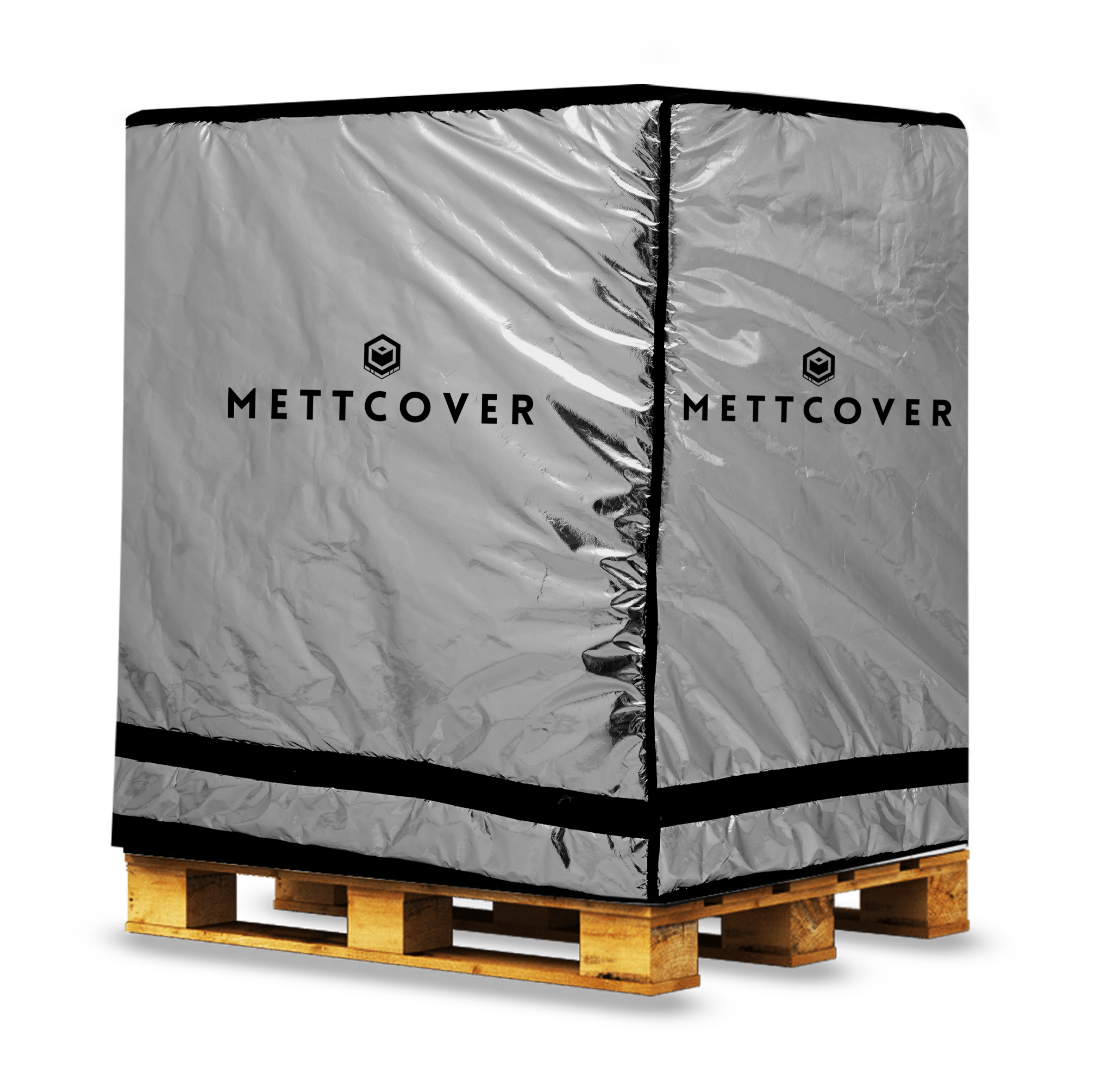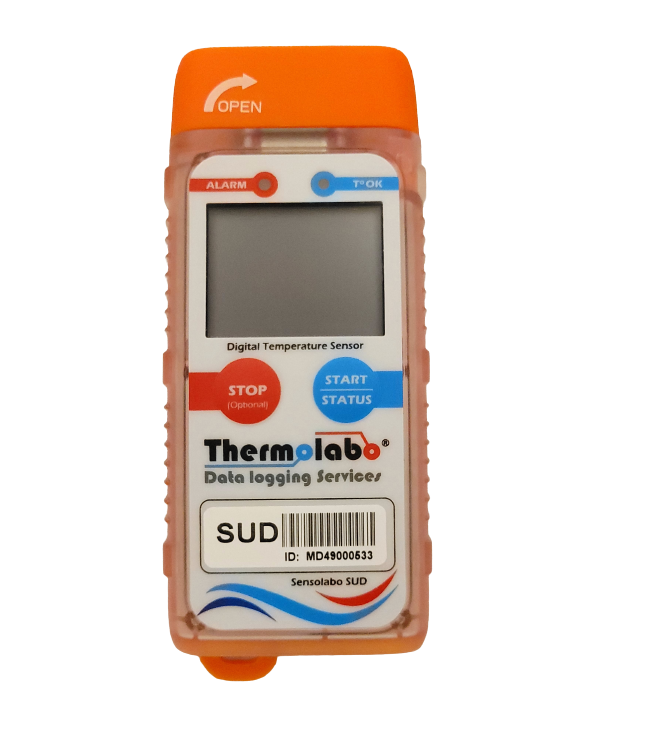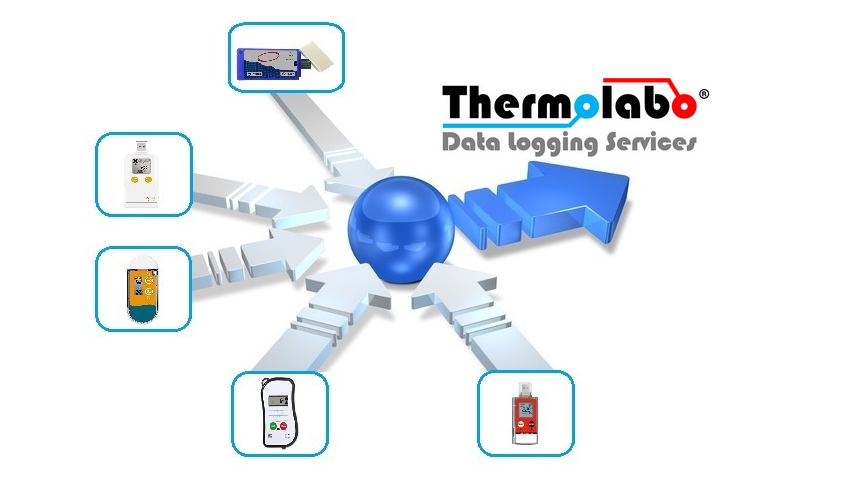A USB temperature data logger is an electronic device used to record and store temperature data. It is able to provide the history of data recorded from its internal memory to a local computer on which it is plugged.
The USB temperature data logger is used to monitor the storage conditions of a thermosensitive product during a period of storage or transport. Placed as close as possible to the products it monitors, it simply allows, after a period of time, to demonstrate or not their conformity according to predefined acceptability criterias. Its use is particularly widespread in the food industry or in the pharmaceutical industry.
It usually comes in the form of a USB key, the shapes and dimensions of which may vary between different manufacturers. It can be disposable or reusable depending on its intrinsic characteristics and may or may not have an LCD display screen.
The temperature data logger should not be confused with a temperature indicator. The difference between the two is about the same as that between photography and cinema. The recorder has an internal clock which makes it possible to time-stamp each measurement and to obtain the complete sequence and history of the recordings while the indicator only allows to obtain a snapshot which indicates whether or not acceptable thresholds have been crossed, without indicating when this happened or for how long.
The first USB temperature recorders appeared in the late 90s. They initially required a reading software interface that had to be installed on the reading computer beforehand. In the mid-2000s, USB temperature loggers became capable of self-editing a report and a temperature curve directly in PDF format. The temperature logger then behaves like a USB key on which you simply retrieve the PDF document of data history.
Today, especially in applications related to the pharmaceutical industry, this simplicity is encountering limits and is increasingly faced with regulatory and safety requirements. In fact, when the data analysis is not carried out at the place of reading, the use of USB recorders requires manual extraction and transfer of files which cannot guarantee the absence of transmission errors, nor true data integrity.
In addition, the legitimate strengthening of security requirements in the face of increased risk of computer attacks is restricting the use of removable media a little more every day. USB recorders are banned by security-conscious companies. See our article https://thermolabo.com/en/usb-data-loggers-what-risks/
Nevertheless, this type of recorder remains one of the easiest media to use and retains many advantages. An integrated monitoring solution such as Sensolabo USB makes it possible to guarantee data integrity thanks to a proprietary system for verifying and authenticating files when they are deposited in the cloud. In addition, the possibility of auditing the computer code and manufacturing with recognized subcontractors makes it possible to ensure control of the computer risk.
Guideline on declaration of storage conditions (CPMP/QWP/609/96 Rev. 2) , marketing authorisation holders have to provide stability data for storage conditions at 25°C / 60% relative humidity (RH), or 30°C / 65% RH (long term) and 40°C / 75% RH (accelerated), in order to justify not including a statement in the medicinal product labelling.








